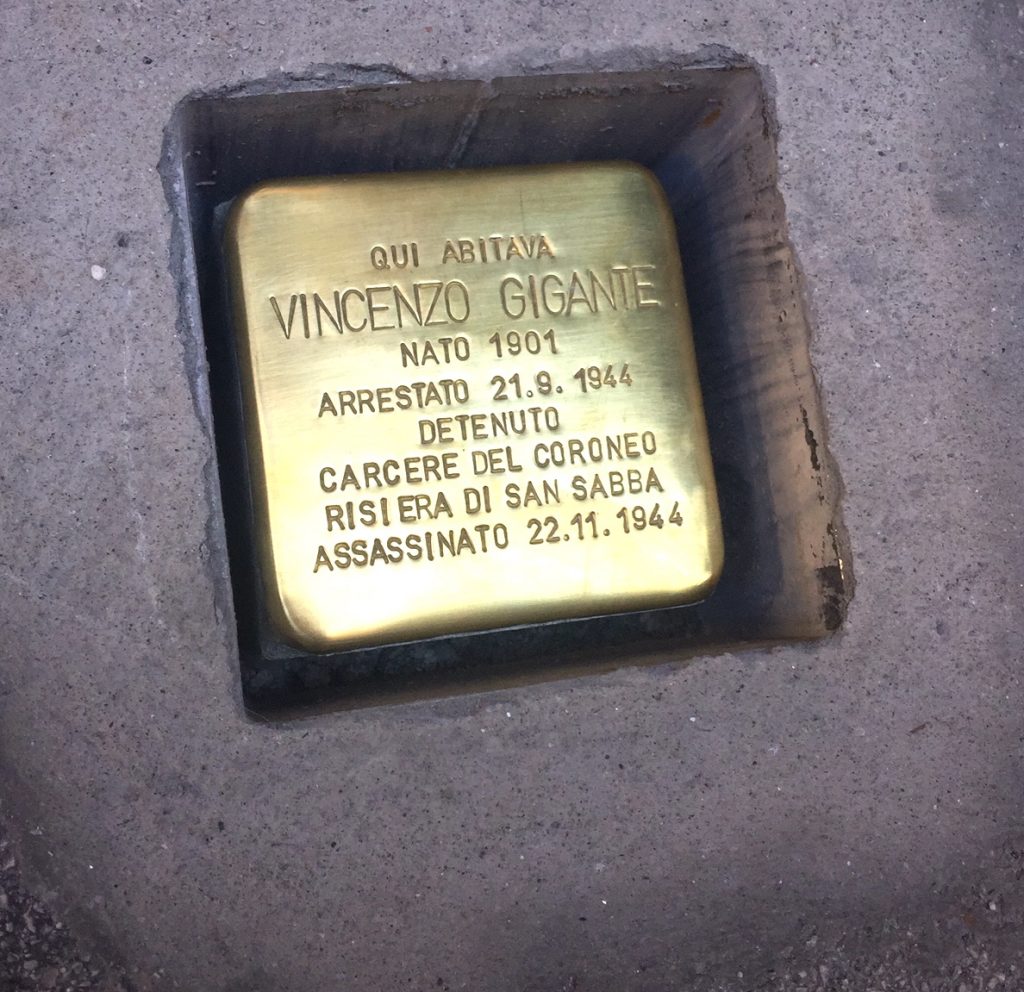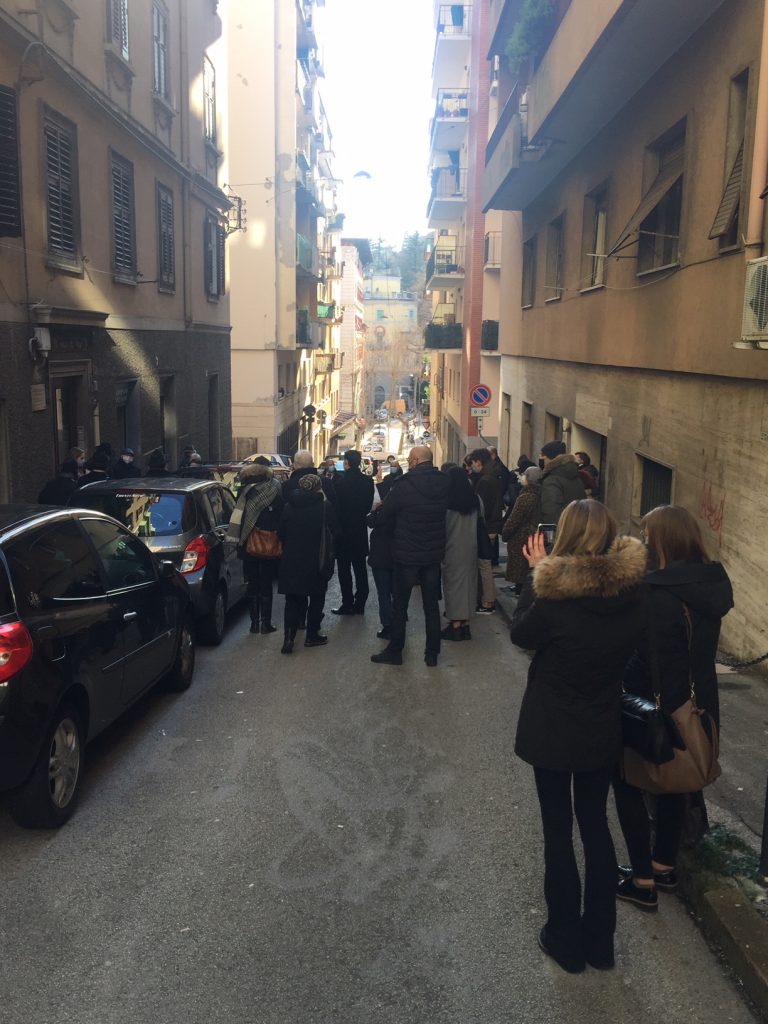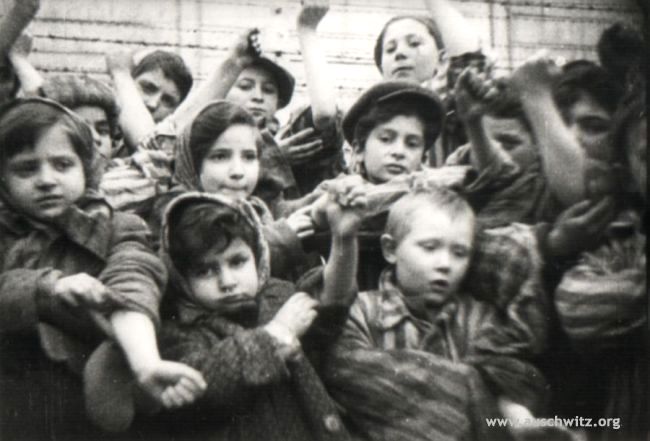by Alessandra Ressa
January 27th is International Holocaust Remembrance Day. On this day in 1945, the gates of the biggest Nazi death camp in Auschwitz were forced open by the Russian Army.
As in previous years, commemorations began yesterday in Trieste with the positioning of 13 more stolperstaine, literally “stumbling stones”. These are ten-centimeter concrete cubes bearing a brass plate inscribed with the name and life dates of victims of Nazi extermination or persecution.

The Stolpersteine Project, initiated by the German artist Gunter Demnig in 1992, aims to commemorate victims of the Nazis at exactly their last place of residency. In Trieste, the stones are engraved with the names of Jewish citizens deported and killed in extermination camps during World War II.
Yesterday morning, 26 January, 13 more stumbling stones were placed around the city. A short ceremony was held for each, officiated by Alessandro Salonicchio, president of the local Jewish community and Rabbi Paul Alexander Meloni.

This year mayor Roberto Dipiazza, accompanied by assessore Giorgio Rossi, attended a ceremony in via Cattedrale and via Pacinotti 5, next to San Giusto hill, where he embeded a stone dedicated to the memory of Triestine victim Vincenzo Gigante into the pavement. In a short but effective speech, the mayor asked for forgiveness on behalf of the city. Several members of Trieste’s Jewish community and many students from Liceo Petrarca attended the event.

Yesterday, stumbling stones were placed in via Cattedrale (where governor Fedriga also attended), via Timeus, Piazza Giotti, and via Trenta Ottobre. Sadly, in some cases, three or four stones were used, where a whole family, parents and children, were exterminated.
The traditional commemoration inside the former rice mill of San Sabba, la Risiera di San Sabba, Italy’s only surviving Nazi extermination camp, will be held today for the first time behind closed doors due to Covid19 restrictions. The event will start at 11 AM, and is to be streamed on the Comune di Trieste Facebook page. The ceremony has often been a pretext for political clashes in the past.
An updated calendar for remembrance events is available on the Comune di Trieste website. Including the stones placed today, there are currently 63 stumbling stones in Trieste.





























